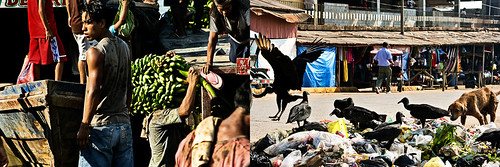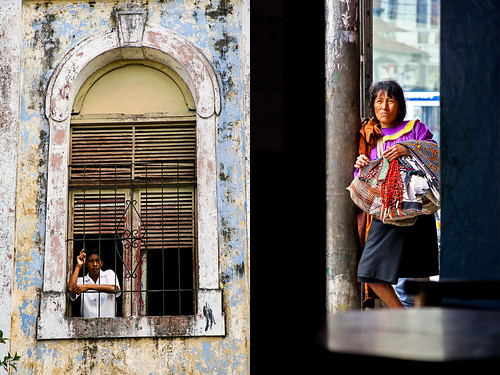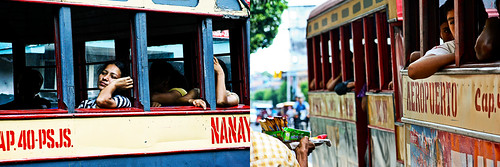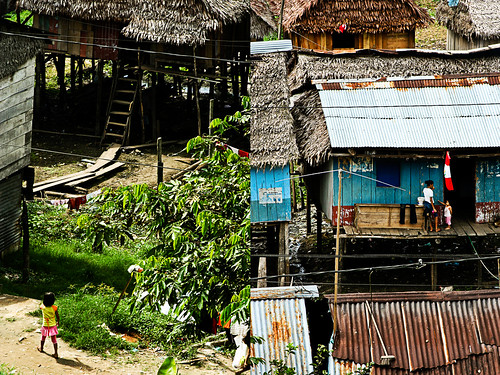This is part two of an ongoing series. Over the last several months I’ve collected some of the search terms that led people to read my blog. I’m presenting several of them here, along with brief but informative answers. This is part 2 of this series. The next ones in the series include questions on the Canon 7D specifically, and then on lenses. Here was part one.
What is humanitarian photography?
Humanitarian photography can be defined as the photography of international NGOs (non-governmental organizations), humanitarian aid, and non-profit organizations. These include organizations that focus on diverse issues including from health, development, indigenous rights, and children. Photographers make images of these organizations’ work in the field, projects, staff, and clients or the populations that are served. These images can be for documentation, to tell a story, for printed and web use such as marketing, fundraising, reports, or training publications, for presentations, or many other uses.

A humanitarian photographer, however, can also be a photographer who wishes to tell the story of the human condition through their photography, and this does not need to necessarily involve the work of an NGO. They can be a photojournalist, such as Ami Vitale, or a travel, world, and culture photographer who depicts the world through the people who inhabit it.
Humanitarian photographer / photography
That’s me! Welcome to my site. Also be sure to check out Heber Vega’s website where he has the 10Q interview series with a number of humanitarian photographers. And be sure to check out Karl Grobl, who is an inspiration to all of us humanitarian photographers.
How to become a humanitarian photographer / Getting into humanitarian photography
First, work at becoming a skilled photographer. Then begin to learn about humanitarian issues and what humanitarian aid organizations do. I address that in this post:
http://blog.dojoklo.com/2010/01/26/becoming-a-humanitarian-photographer-part-ii/
Then, have a look at these posts:
http://blog.dojoklo.com/2009/12/10/how-to-start-out-as-a-humanitarian-photographer/
http://blog.dojoklo.com/2010/08/16/after-the-self-assignment/

How much do humanitarian photographers make? / Salary for humanitarian photographer / How can I make a lot of money being a humanitarian photographer?
While there are some humanitarian photographers who work on staff with NGOs, these types of jobs are few and far between. So there really is no such thing as a salary for humanitarian photographers. In fact, at this time, there really isn’t a salary for most types of photographer except for the few that still work on staff at newspapers or a few other places, and this number is dwindling every day. For the most part, humanitarian photographers are freelance photographers who must seek out their own assignments. What they earn depends on how hard they work at this. As with any type of vocational photographer, working as a humanitarian photographer involves something like 10% photography and 90% business and seeking out work. Sounds dreadful, right, but just read about any other photographer discussing business and you will see the same thing. How to make a lot of money as any type of photographer? I haven’t figured that one out yet. Maybe work as a dentist by day.
Humanitarian photography career / jobs / opportunities
As I said above, this doesn’t really exist except in the way you create it yourself. Really. It is 100% up to you to make it a reality. There is no one path to follow, no correct course to take (although there are countless incorrect moves one could make). It is all pretty much up to you to determine through the amount of effort and dedication you put into it. One place to start is to read David DuChemin’s Visionmongers. This is one of the few guides out there for becoming a vocational photographer, and luckily for you, he began as a humanitarian photographer himself. However, it is far from containing all the answers. He leaves much unsaid that you have to learn the hard way.

Humanitarian photography ethics / Guidelines for NGO photojournalists
One good place to start is to read the NPPA Code of Ethics. I address that and discuss it a little further in this post:
http://blog.dojoklo.com/2010/01/28/working-as-a-humanitarian-photographer-ethics-and-images/
You can also look at the countless writings about journalism ethics, photojournalism ethics, and media ethics. Much of those subjects will directly apply to humanitarian photography.
How to shoot humanitarian pictures
However you want! Create your own style, tell your own story! However, if you really don’t know where to start, have a look a photojournalism and how to work and shoot as a photojournalist. You can learn this through reading books, and just as importantly through looking at images. A good place to start is The Big Picture at Boston.com:

Also, learn to tell a story through images, whether it is a single image or a photo essay. How you shoot depends on your goals as well. If you are working for an NGO, they may want photos in a certain style or which serve a certain need. If you are shooting a documentary series for yourself, you may choose your subjects, compositions, and style very differently.
David DuChemin on being a humanitarian photographer
I get this search every day! Perhaps he has set up an automatic tracking search to see where he is mentioned each day.




